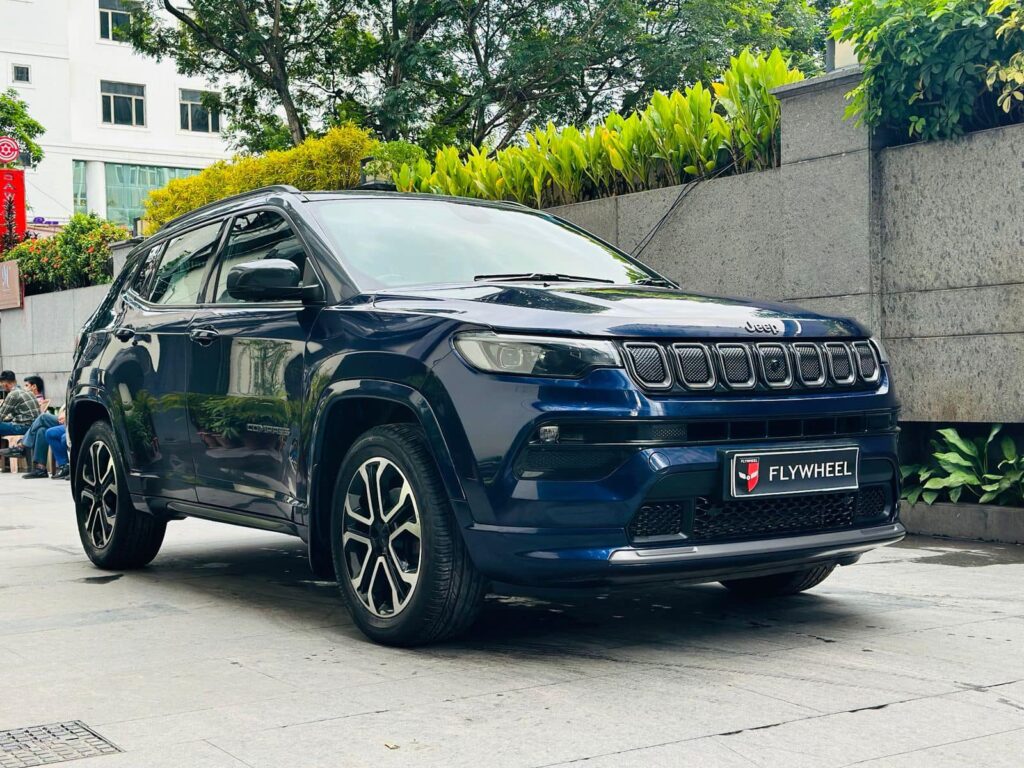Buying a used car can be both exciting and overwhelming. You might find the perfect model, the right color, and even a tempting price, but how can you be sure it’s really worth it? That’s where a vehicle history check comes into play.
This simple yet powerful step helps uncover the real story behind a car, the parts that sellers often leave out. Whether you’re buying from a dealer or an individual, running a quick check can make all the difference between a smart purchase and a regretful one.
Understanding What a Vehicle History Check Is
A vehicle history check provides detailed information about a car’s past. It compiles data from verified sources to give you a complete picture of how the vehicle has been used and maintained.
Typical details included are:
-
Accident or damage history
-
Ownership transfers
-
Odometer readings
-
Service and maintenance records
-
Replacement or repair history
It’s like reading the car’s diary, everything that’s ever happened to it is recorded there.
Why It’s Important Before Buying
When you skip a vehicle history check, you’re essentially buying a car on trust alone. Unfortunately, appearances can be misleading. A car might look clean and run smoothly during a short test drive, but hidden issues could show up later.
A proper check helps you identify:
-
Accident records: Was the car ever in a collision that affected its safety?
-
Tampered odometers: Has the mileage been rolled back to look newer?
-
Outstanding loans or ownership issues: Is the car legally clear to be sold?
-
Poor maintenance history: Has the car missed regular servicing or had repeated issues?
Each of these points could affect not just the car’s performance, but also its long-term reliability and resale value.
The Role of Service Records
Among all the data in a report, the service history stands out as one of the most valuable insights. It shows how well the car has been maintained over the years. Regular oil changes, part replacements, and inspection reports indicate that the previous owner cared about the vehicle.
On the other hand, missing or inconsistent service records may point to neglect or attempts to hide previous problems. Always look for a well-documented history before committing to a purchase.
How a Vehicle History Check Builds Trust
Trust is everything when buying a used car. A verified report builds confidence for both buyer and seller. Buyers know they’re getting a transparent deal, while sellers with clean reports can justify their asking price and close deals faster.
In a world where vehicle fraud and odometer tampering are still common, having access to authentic information can protect you from major losses. It’s a small step that adds big value.
What to Do After Getting the Report
Once you receive the history report, take time to review it thoroughly. Don’t just skim through, look for patterns and inconsistencies. If there are any red flags, ask questions or have the vehicle inspected by a professional mechanic.
If everything checks out, you can move ahead with peace of mind, knowing your decision is based on facts rather than assumptions.
A vehicle history check is not just a formality; it’s a necessity in today’s used car market. It helps you avoid fraud, ensures transparency, and gives you the confidence to make the right purchase.
Before making any final decision, always verify the car’s background. It’s the easiest way to protect your investment and ensure that your next vehicle is as reliable as it appears.
So the next time you’re tempted by a good deal, take a few minutes to get the full story first, because every smart buyer knows that the truth is always worth checking.
Checkout other blogs on Regic



